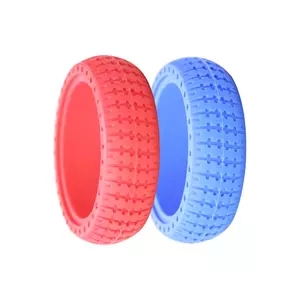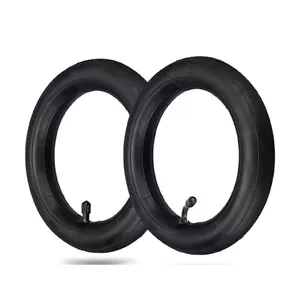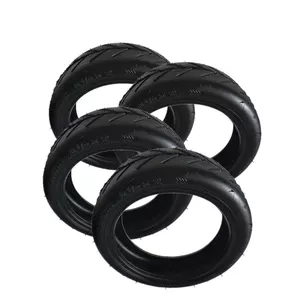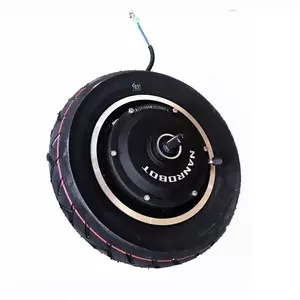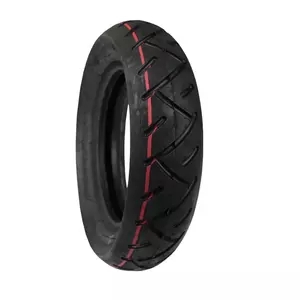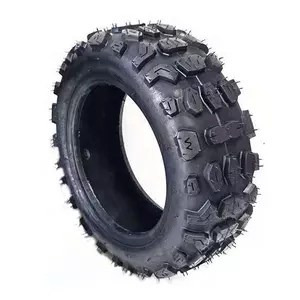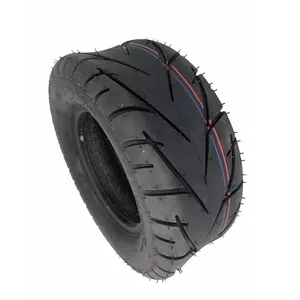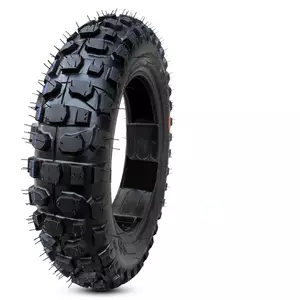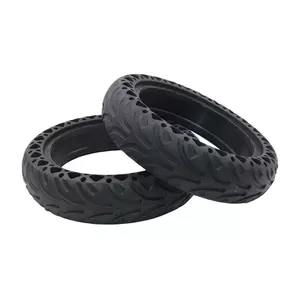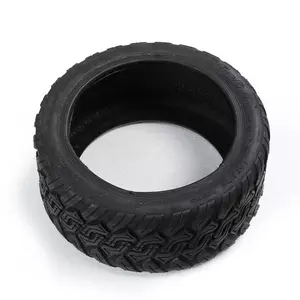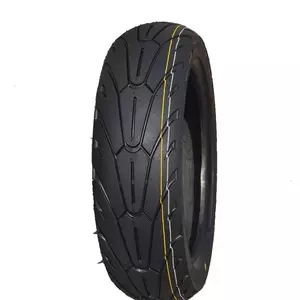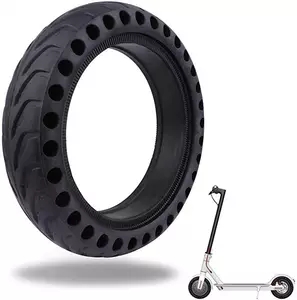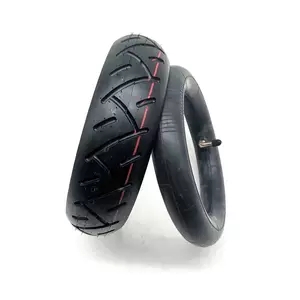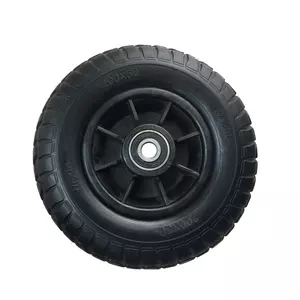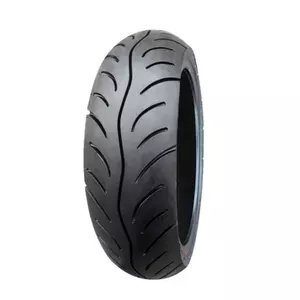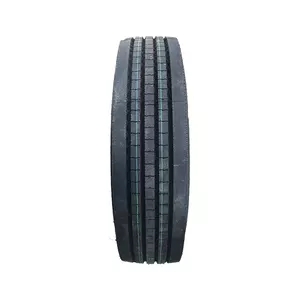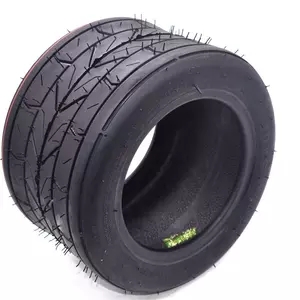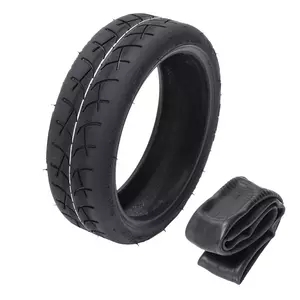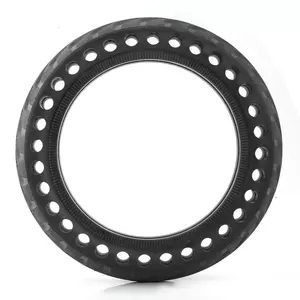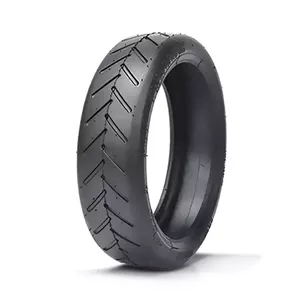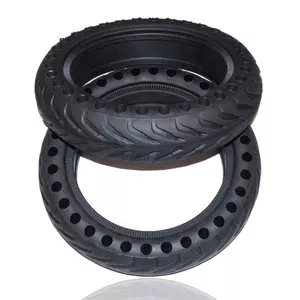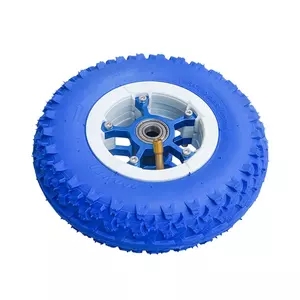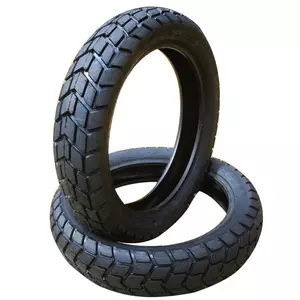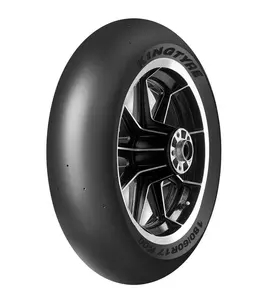The scooter tire is a ring-shaped elastic rubber product that is mechanically assembled and rolls on the ground. Usually installed on a metal rim, it can support the car body, cushion the external impact, achieve contact with the road and ensure the driving performance of the vehicle. Tires are often used under complex and harsh conditions. They are subjected to various deformations, loads, forces, and high and low temperature effects during driving. Therefore, they must have high load-bearing performance, traction performance, and cushioning performance. At the same time, it also requires high wear resistance and flex resistance, as well as low rolling resistance and heat build-up. Half of the world’s rubber consumption is used in tire production, which shows the ability of tires to consume rubber.
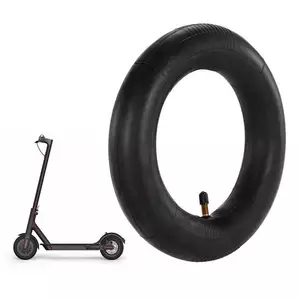
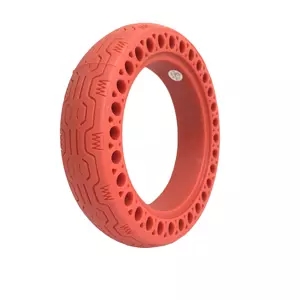
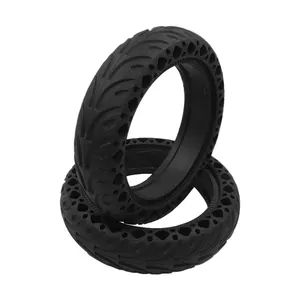
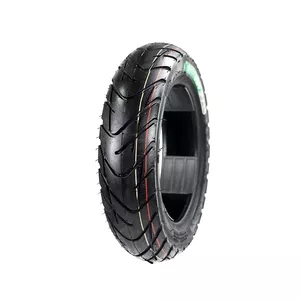
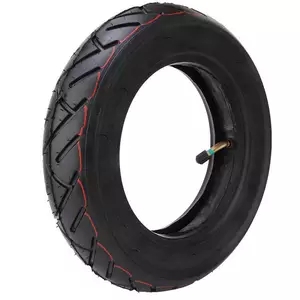
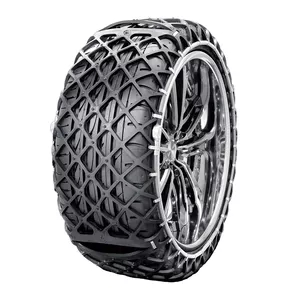
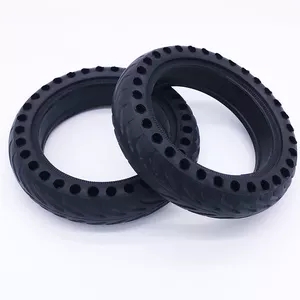
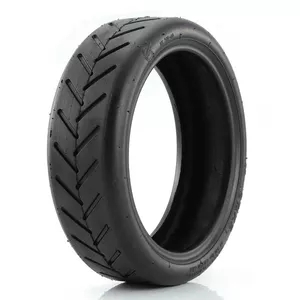
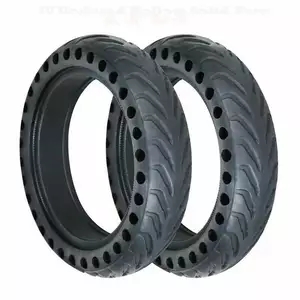
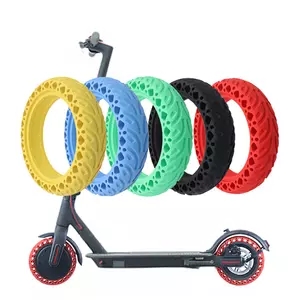
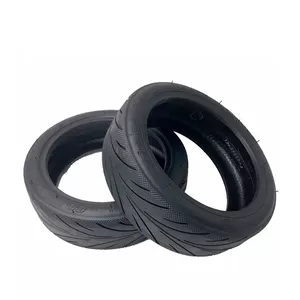
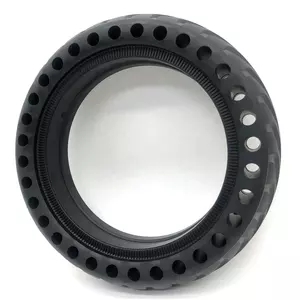
The effect of the tread depth on the tire:
The deeper the pattern, the greater the elastic deformation of the block on contact with the ground, and the rolling resistance formed by the tire elastic hysteresis loss will increase accordingly. The deeper pattern is not conducive to the heat dissipation of the tire, which makes the tire temperature rise faster, and the root of the pattern is easy to tear and fall off due to severe punishment. Too shallow pattern not only affects its water storage and drainage capacity, and is prone to harmful “water skiing”, but also makes the shortcomings of light-tread tires easy to slip, which makes the aforementioned car performance worse.
Therefore, it is not good if the pattern is too deep or too light. The objective law is that the pattern will become smaller and smaller in use. In order to ensure the effectiveness of the pattern effect, countries around the world have formulated clear regulations on tire pattern wear limits. And die-engrave the tire wear limit warning mark “” or (and) “TWI” in English at several equal parts along the circumference of the tire shoulder. When the convex wear distance of the pattern block is about 1.6mm (1/16 inch) from the bottom of the pattern groove, the pattern at the mark has been smoothed out, so a narrow horizontal strip of light tread is revealed to warn the driver. It’s time for the tires to be replaced.
In addition to the above three patterns, there are the following three patterns: single guide pattern, block pattern, and asymmetric pattern.
(1) Single guide pattern
The single guide pattern is that the grooves are all connected to each other, which is an independent block structure. It has excellent braking performance, excellent drainage performance, excellent stability in rainy weather, and is suitable for high-speed driving. However, the tire installation position must be the same as the driving direction. Suitable for use in high-speed cars.
(2) Block pattern
The grooves are all connected to each other, forming an independent block structure. It has superior braking and handling performance, superior handling and stability performance on snow and wet roads, and good drainage performance in rainy weather. But its independent block structure has poor wear resistance. Scope of application: all-weather and snow tires for cars, rear wheels of commercial vehicles.
(3) Asymmetrical pattern
The asymmetric pattern has different patterns on the left and right sides of the tread. Because it increases the ground pressure of the outer pattern when turning, it greatly improves the high-speed turning performance and complements the wear resistance of the outer pattern. But you must pay attention to the correct installation direction of the tire. It is more suitable for competitive vehicles and high-performance vehicles.
